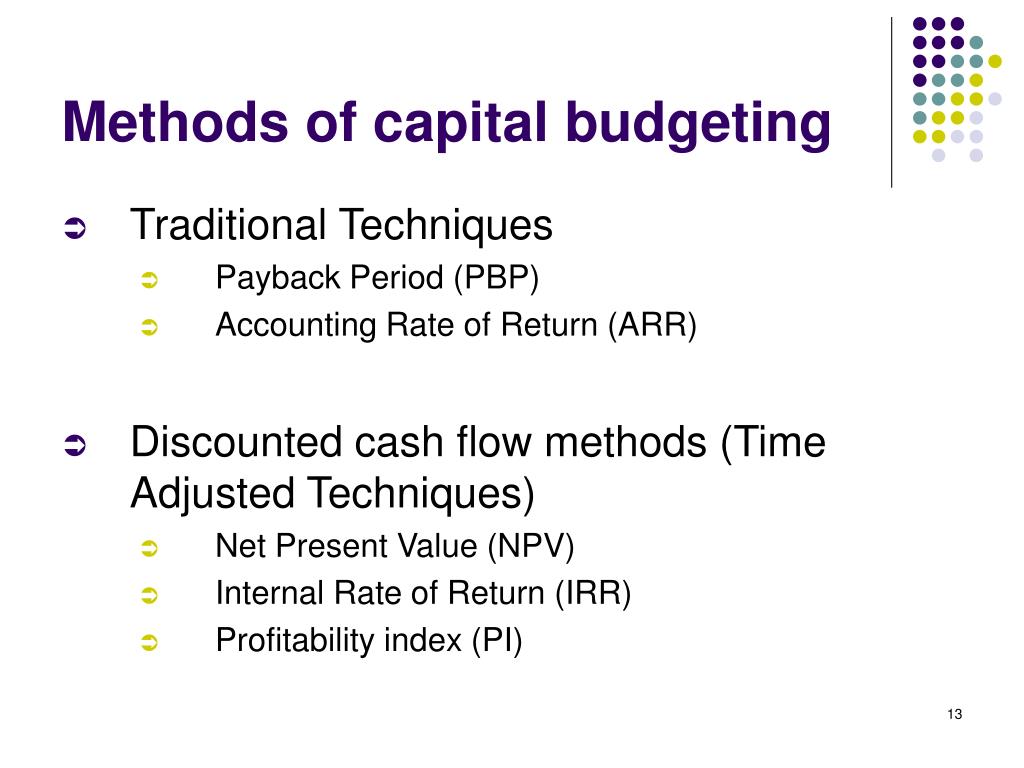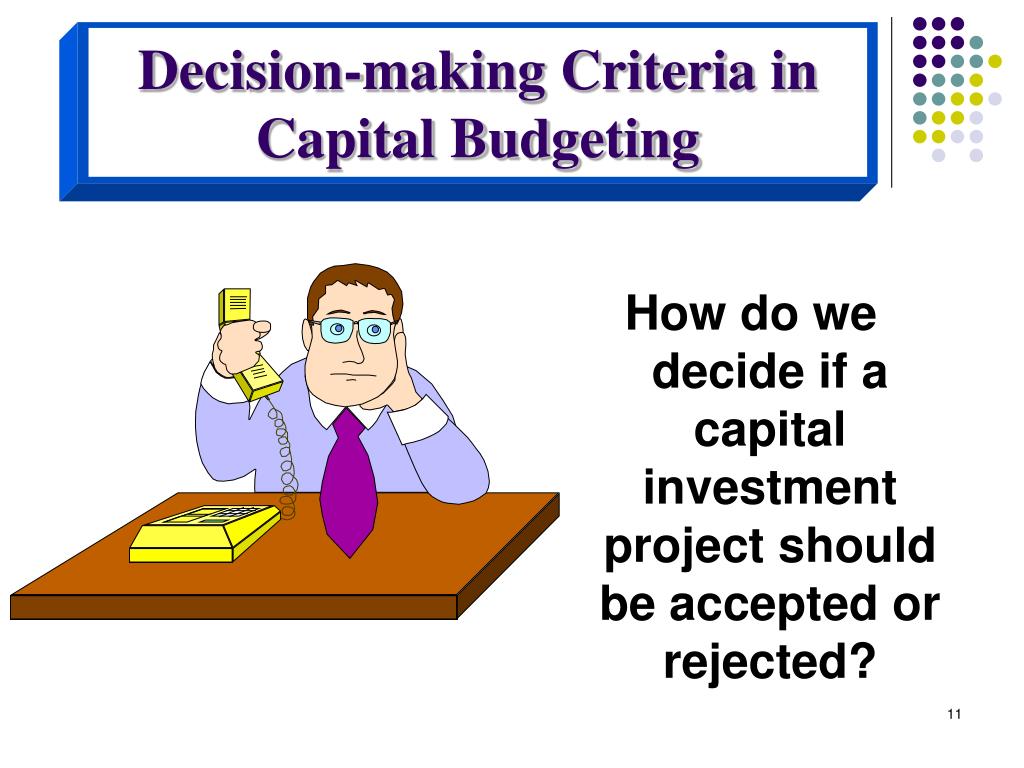
NPV is the sum of the present values of all future cash flows less the cost of the investment today. The dividend discount model (DDM) is a valuation method that is used to estimate the intrinsic value of a stock by discounting the expected cash flows from dividends. The DDM is similar to the DCF model in that it estimates the intrinsic value of a stock by discounting future cash flows. However, the DDM only considers dividends while the DCF model considers all cash flows. The postage meter system would have an initial investment cost of \(\$135,000\). Annual net cash flows are \(\$40,000\) for the next \(5\) years, and the expected interest rate return is \(10\%\).
Calculation and Discussion of the Results of the Internal Rate of Return Model
- In this case, Rayford Machining would not invest, since the outcome is negative.
- However, if you do multiple valuations throughout the year, or valuations you want to update regularly, then a tool like Valutico makes things significantly easier.
- It’s also used for calculating a company’s share price, the value of investments, projects, and for budgeting.
For example, assume that the investment or equipment purchase is expected to generate an IRR of \(15\%\) and the company’s expected rate of return is \(12\%\). The issue with the size problem is related to IRR’s focus on rate of return instead of value generation in terms of dollars. The first project has a 100% IRR while the second project only has a 50% IRR. However, if you could only take one of these two projects, which would be better? Clearly Project B is a better choice in that you will make $500 beyond your initial investment.
Market Momentum Tracker Analysis – 24-06-24
Ideally, businesses could pursue any and all projects and opportunities that might enhance shareholder value and profit. The DCF model can be used in capital budgeting, which is the process of making investment decisions. To find IRR using the present value tables, we need to know the cash flow number of return periods (\(n\)) and the intersecting present value factor.
Exercises and Examples for DCF
We find the matching interest rate (i) at this present value factor. The corresponding interest rate at the number of periods (n) is the IRR. When cash flows are equal, use the Present Value of an Ordinary Annuity table to find IRR. The Net Present Value measures the value added by investing in the project. Specifically, the NPV is equal to the present value of all cash flows less the initial investment. First, as with the size problem, it is only important when evaluating mutually exclusive projects.

Would you prefer to work with a financial professional remotely or in-person?
The decision rule is a simple rule to determine if an investment is worthwhile, and which of several investments is most worthwhile. If the discounted payback period for a certain asset is less than the useful life of that asset, the investment may be approved. If a business is choosing between several potential investments, the one with the shortest discounted payback period will be the most profitable. So, to be more accurate in using cash flows to value a business, you’re going to need to discount the money to be received in the future. In particular, reduce this figure of future cash flow, to bring it in line with what that amount of future money could be said to be worth today. Only at this point do you add up all the ‘discounted’ cash flows, to get your company value.
Applicable to a Wide Variety of Investments, Projects, or Companies
This gives us our own unique determination of what the share price should be. Although there are a number of capital budgeting methods, three of the most common ones are discounted cash standard deduction definition flow, payback analysis, and throughput analysis. No, DCF refers to the overall method of discounting cash flows, while net present value (NPV) is the output of a DCF valuation.
The payback period is the amount of time for a project to break even in cash collections using nominal dollars. Alternatively, the discounted payback period reflects the amount of time necessary to break even in a project, based not only on what cash flows occur but when they occur and the prevailing rate of return in the market. The basic method of the discounted payback period is taking the future estimated cash flows of a project and discounting them to the present value.
There are some simple steps to take, and these are often done in MS Excel. Or, if you have a tool like Valutico, then you just need to enter some key figures and the software does all the work. Valuing stocks using DCF is pretty much the same method when valuing a company but you just take one extra step. The second approach is by assuming the business is sold at that point. Let’s do a quick example to illustrate the portion of the final valuation that is represented by the Terminal Value.

